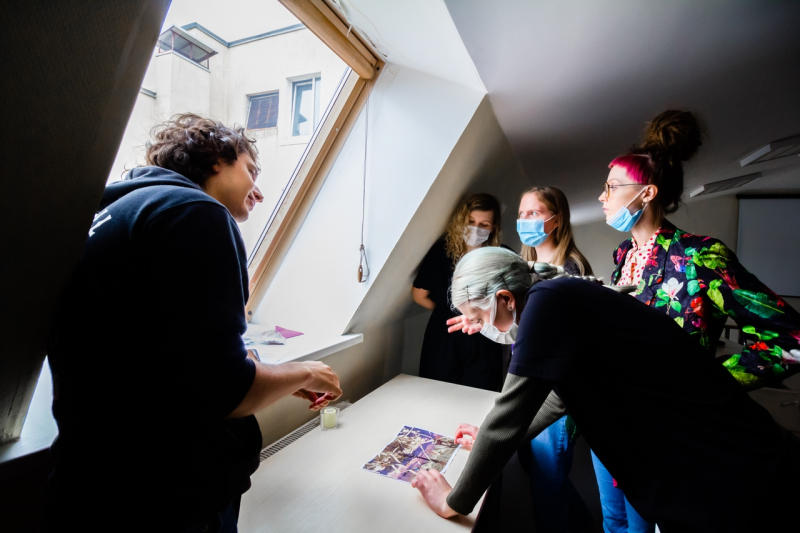Half of them enrolled in the program through the Art & Science contest that was introduced last year. To participate, applicants had to make a portfolio, describe ideas for future projects that they would like to work on during their studies, and take an interview. This year, the Admission Committee did not assess the past academic success of applicants and did not take into account their GPA – their motivation, artistic, and research potential were of greater importance.
That’s why this year’s students have extremely diverse backgrounds, oftentimes not associated with art and creativity at all: they are culturologists and historians, designers and psychologists, architects, biologists, engineers, economists, and philologists. The program is supposed to give them the opportunity to use their competencies, enrich them by gaining new skills and knowledge, and with the help of the university’s scientific and technological basis and collaborative practices create a unique artistic statement or research project.
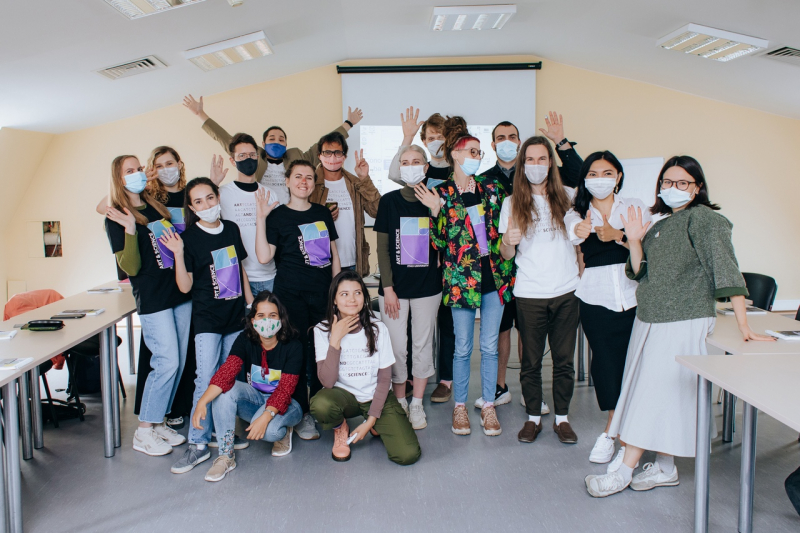
In total, 107 applications were received during the admissions campaign: 19 participants of the Art & Science contest, 15 participants of the ITMO University Portfolio Competition, and 73 students with entrance exam results. The heads of the program emphasize that they are glad to see graduates of any major as their new students and encourage them to apply for the program through the Arts & Science Contest, ITMO University Portfolio Competition or based on their participation in creative, scientific, and research competitions and olympiads (e.g. I Am a Professional).
The new students are already actively engaged in artistic processes – some of them as part of the “Re Re” group will take part in the international festival of technological art Ars Electronica, which this year is held online in 120 cities of the world. The artists will conduct an interactive workshop "Acoustic Memory" on the topic of interspecies relations and human interpretation of natural processes.
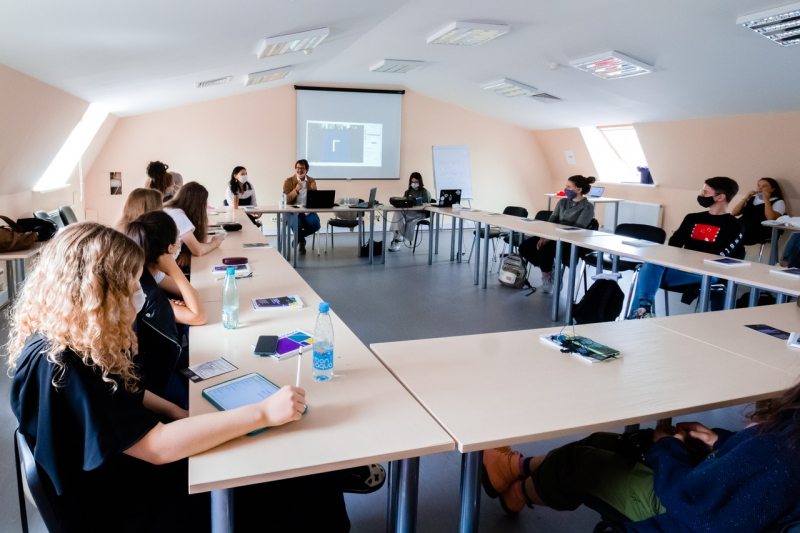
We talked to new students and learned what brought them to the program, which areas they are most interested in, and what they will work on during their Master's studies.
Anton Shchegolev
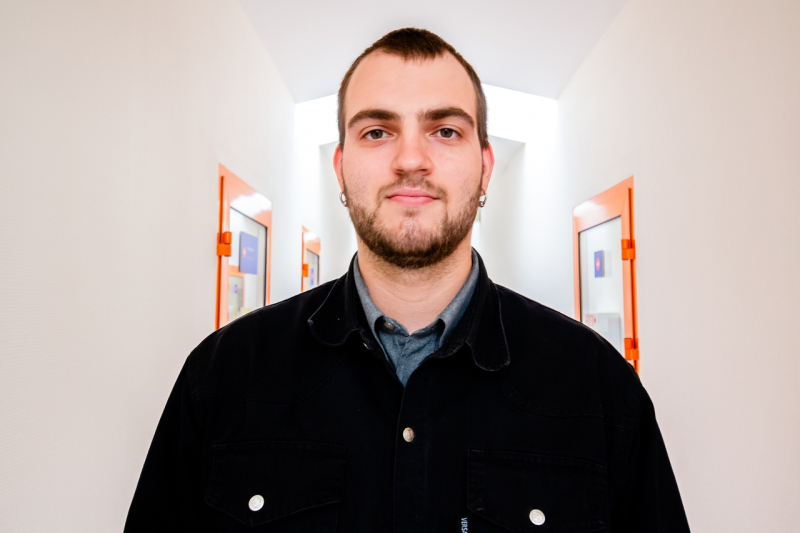
I started off in economics at St. Petersburg Mining University but it just didn’t feel like the right direction for me and after graduation in 2017 I left for Denmark for a year. There, I studied at a folk school and I really liked their approach to the educational process – typical for Scandinavian countries. It assumes that students are free to choose and study only the subjects they are interested in. I went for electronic and instrumental music – before that, I had been playing guitar for some time. Although I most likely would not become a professional musician, I wanted to be in the sphere, connected with music and sound. I can prove myself, for example, in audio engineering.
In 2018, I came back from Denmark and took a requalification course at the St. Petersburg State Institute of Film and Television for musical audio engineering. I studied there for a year and entered a music school for a five-year study.
My friends told me about the Art & Science program – they asked me to help with their university projects as an audio engineer. So I managed to take part in several exhibitions, for example, I made a soundtrack for their installation at the International Media Art Festival Cyberfest. And now I am participating in the Ars Electronica project, which will take place in the new AIR art space (ITMO University’s art residency) on September 9-13.
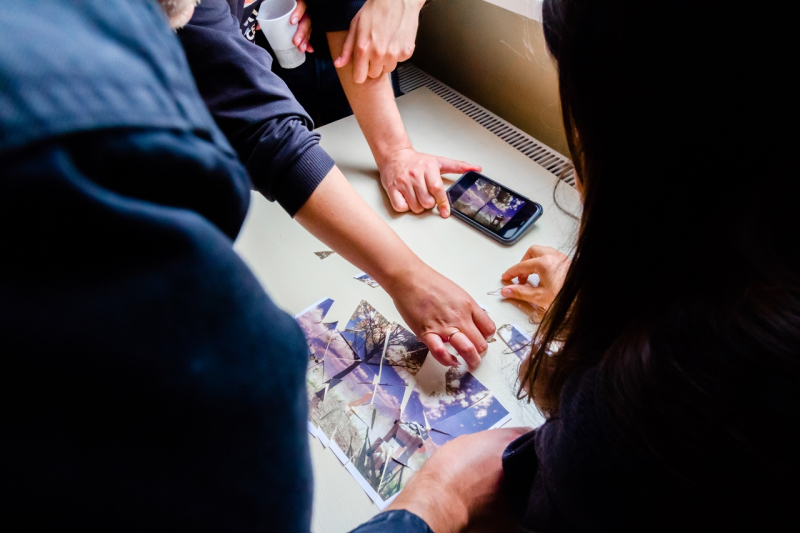
I entered the Art & Science program because of the opportunity to find people who study electronics, electrical engineering, use equipment, and tools. And it is also possible to reconcile with science.
I don't have a specific project yet. But lately, I've been reading a lot about psychoacoustics – this is how people perceive different frequencies and how these frequencies affect them. High frequencies warn of danger, and low frequencies give a sense of comfort. Or, for example, the sound affects how you feel in a room – if it's muffled, the room seems cozy to you. And an empty, echoing room feels rough, uncouth, and uncomfortable.
There are so many experiments related to cinema, video games, and research on how to make an acoustic system that could guide you around a space. It is interesting how a person depends on sound. Visual and auditory information is very related. For example, if you concentrate on a certain instrument at a concert, then your hearing will tune in to it. And if you close your eyes, you will perceive music in a completely different way. There are many experiments on how a person is guided by sound.
Perhaps, I will be engaged in sound installations and will explore harmonic combinations that seem pleasant or unpleasant to the brain.
Maria Moshenskaya
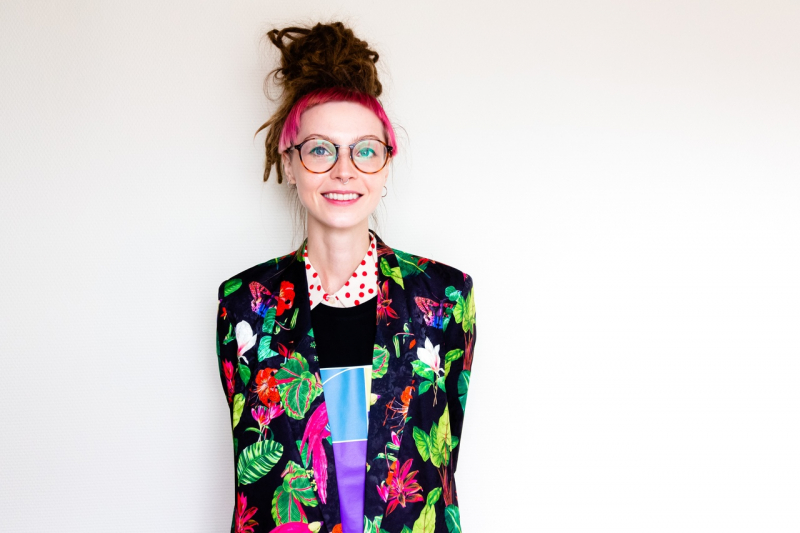
My passion for natural algorithms led me to the Art & Science program. When I was studying graphic design at Ural State University of Architecture and Art in Tyumen, I got carried away with macro photography and started to take photos of nature. It was just a kind of romantic admiration, a desire to capture it. Later on, I dived into the process and its subtleties. I also became interested in generative design and visual programming.
Studying graphic design helped me a lot, but it was rather the first step to developing further. I am currently working as a graphic designer and illustrator. But as soon as I got carried away with media art, it became possible to do audio-visual installations, graphics, and sometimes VJing.
BioArt intrigues me a lot. Right after the workshop at ITMO University, I finally decided that I wanted to study here – I want to do projects with other artists interested in related topics, communicate with scientists, and do something that could change our future.
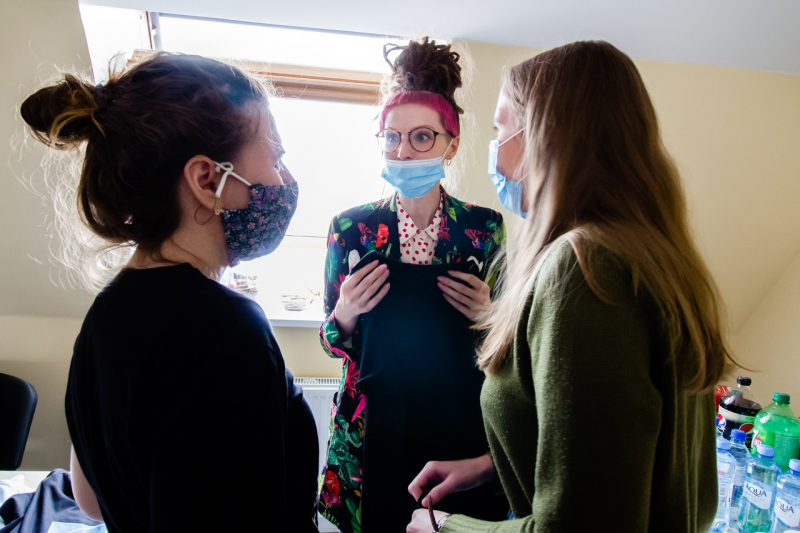
My colleague from Haptic.team and I are working on the I felt it project dedicated to the sensory perception of nature. In the first part of the project, we only compared visual natural forms, and in the second, we implemented some natural algorithms, such as the L-system. In the third part, we plan to delegate the visual and auditory components to E. coli. We chose this bacteria because we are just studying the topic of sensuality and the fact that our sensations largely depend on our physical condition, including the intestine. I think that my studies at ITMO University will help me with this project.
During my studies, I want to work on related projects as well. I met my fellow students – many of them are fascinated with the topic of interspecific communication, and I am also very interested in this, especially the interaction with plants.
Now, I am studying Mimosa pudica but it is still field observations, and I would like to study it at a deeper scientific level. I also plan to buy Desmodium gyrans seeds – its leaves follow the sun’s movement, making about one rotation per minute. At the same time, it reacts to vibration and music, so I want to experiment and see its reactions to various factors.
Evgeniy Khlopotov

I studied at Ural State University in Yekaterinburg. My major is psychology, I am a coach. I worked as a therapist, a business coach, a coach for teenagers, and helped different startups as a coach.
Thanks to my coaching experience I understood what my mission and goal are. Children know well why they come to this world, but then society makes them forget everything. By returning to my childhood memories, I remembered that I wanted to become an artist.
But I didn’t know how a psychologist can become an artist and so I first decided to be a designer. I took a half-year course and realized that I already was qualified enough to earn money. I needed this course mostly to believe in myself. Now, I am a designer and I help businesses understand their brands and create new products.
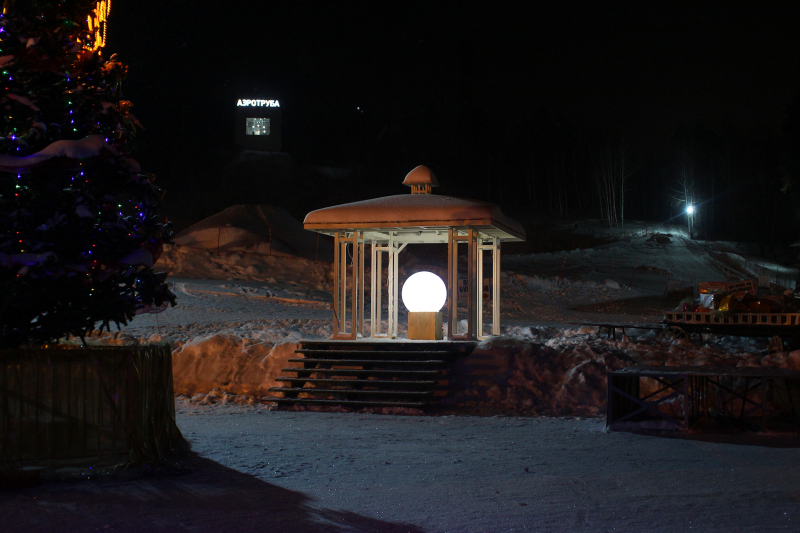
In 2018, I happened to come across the NCCA Young Artist's Laboratory at the Ural Center for Contemporary Arts and in the last two years, I have been developing in the sphere of multimedia art. Now, I am graduating from the New Media Laboratory at the Alexandrinsky Theater. I also constantly study materials, technologies, and engage in self-study and experiments with various mediums.
I love working with lighting and DIY sound and am interested in video and speculative storytelling. My psychological background has a strong influence: I really enjoy working with the human psyche. I create installations, videos, and objects not to simply show something beautiful, but so that people can reinvent themselves, their lives, and the reality around them. I find it more valuable than just a beautiful show.
I took part in numerous festivals, mainly in Yekaterinburg: the 5th Ural Industrial Biennale of Contemporary Art, the Festival of Light Art "Not Dark", the International Festival of Media Poetry 101, and others. There was also a solo exhibition – a total installation of photographs that I took as a child.
I have a whole list of future projects but I want to focus entirely on two or three. One of the projects is related to the concept of the multiverse and the many-worlds interpretation of quantum mechanics. The second – with the phenomenon of the dancing forest, for example, on the Curonian Spit and in several other places in the world.
Kseniia Gorlanova
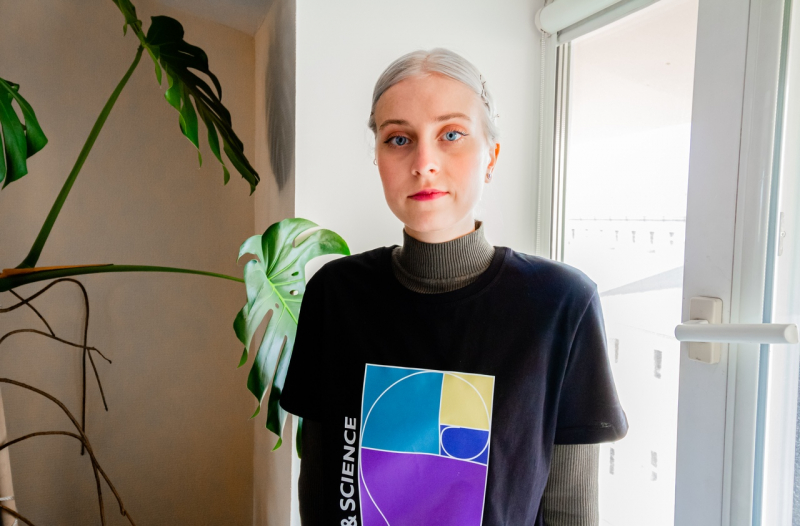
This year, I graduated from St. Petersburg State University of Architecture and Civil Engineering as a Bachelor of Architecture. I didn't continue my studies there because I wanted something more creative than what we did in class. The real work of an architect is more often about routine than about creativity. All graduates find themselves in a very boring job – drawing working documentation for the development of residential complexes. It is not for me, I am more interested in working with different materials and forms than in designing housing facilities.
Alongside my studies, I accidentally found myself in the field of visual generative art. I took a visual programming course at the Kvadrat Youth House, after which I decided to continue developing in this area. There I met the guys with whom we organized Haptic.team and started making our own projects.
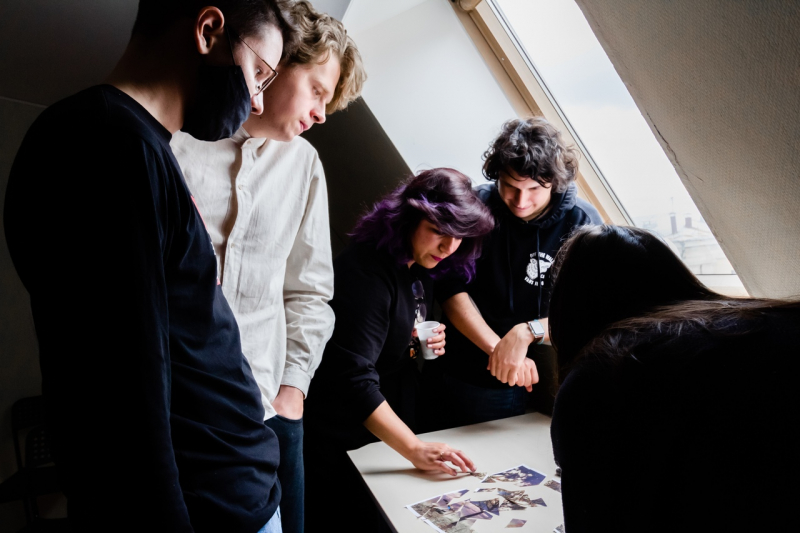
I also created installations on my own and participated with them in festivals. It is a different experience but it also assumes construction – but mostly connected with impressions, communication with the audience, and not everyday life needs.
I took part in the Night of Light Festival in Gatchina twice. In 2018, it was my solo installation – a spatial structure with video projection and audio accompaniment. In 2019, I participated as part of Haptic.team – we did a video mapping on the facade of the Gatchina Palace.
After the course of visual programming, I looked for information myself and gained skills. I can’t say that you can be taught this – you can only get some pieces of knowledge. I came to ITMO to get a better approach to concepts so that they become more holistic and viewers could read off what you want to convey to them.
I have already worked with motion sensors, programmable light, and graphics that are generated by sound or movement. Basically, I'm interested in using technology as a complement to the artist's abilities and discovering how many of these tools can be handled by one person. This is what I want to learn here.
Nikita Urbanskii
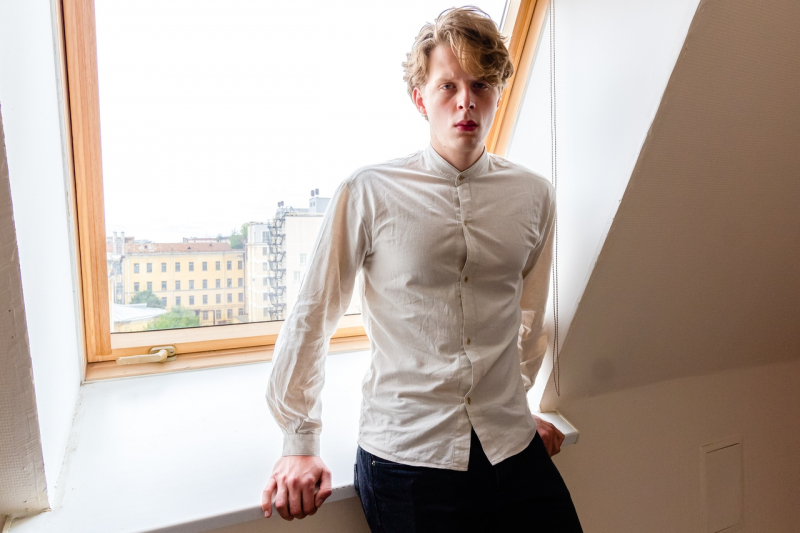
As a student of the Faculty of History at St. Petersburg State University, for the last four years, I have been studying the history of early 20th-century architecture.
Last year, Madonna della Loggia, a masterpiece by Sandro Botticelli, was brought to the Hermitage Museum – this painting had a great impression on me and that’s how I became interested in the history of art. The very idea of the Renaissance seems to be very close to the Art & Science concept. In the works of many authors of that time, their reflections, I find a lot of parallels with how I now see myself in the context of the scientific worldview. Leonardo da Vinci wrote that art is the highest form of science. I agree with him on this. I see this parallel, and I want to study and understand it.
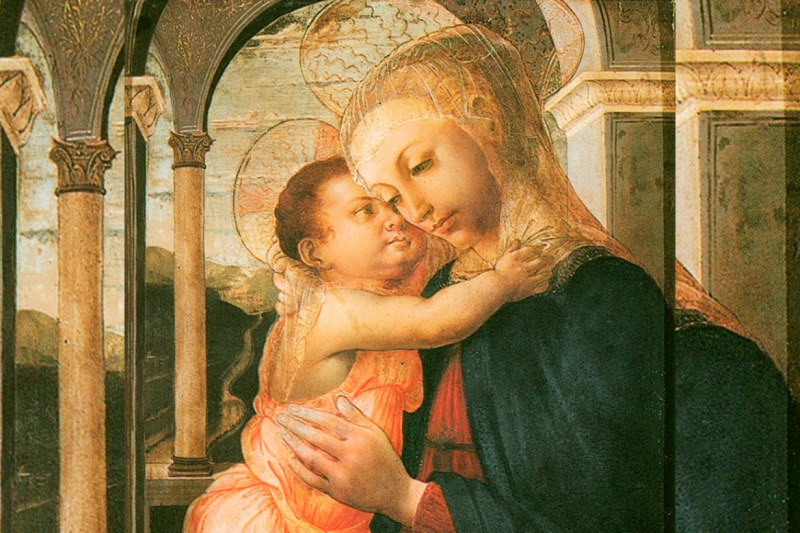
It seems to me that Art & Science is now the most modern form of art – and I would like to study this phenomenon. Speaking of the Renaissance, its focus on humans was a breakthrough of that time. And this is very similar to what we are facing now – breakthrough scientific discoveries and technologies that are changing our understanding of the world.
I want to focus on BioArt and everything related to genetics. I already had one project on this topic: my colleagues and I used the pine genome as a source of generative art. We received a set of rather chaotic information, translated it into sheet music, and processed it compositionally. Of course, this was directly related to programming, but what interests me most is the use of biological and genetic information in creativity.
I am also involved in music – mostly traditional one. I perform duets and solo, and we have already released several albums.
